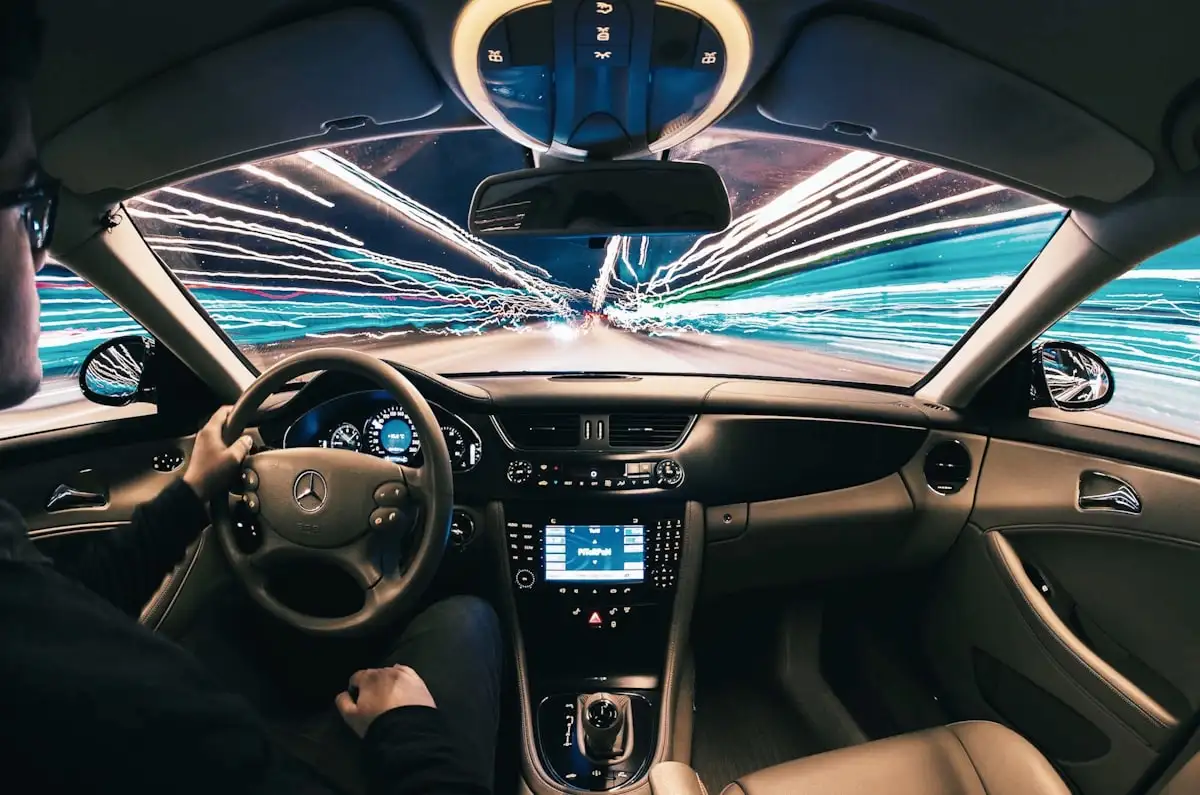Imagine a car that drives itself. It sounds like something from a movie, but these “autonomous vehicles” are already here. They could change everything about how we drive and, importantly, how we get car insurance. Let’s explore how self-driving cars might change the future of auto insurance.
Understanding Autonomous Vehicles and How They Work
First, let’s talk about what self-driving cars are. These are cars that can steer, speed up, and slow down all by themselves. They use special cameras, radar, and computer brains to see the road. Think of them as very smart robots that drive you around. Some cars today can help you stay in your lane or brake by themselves. This is just the beginning.
There are different levels of self-driving. Some cars only help the driver a little bit. Others can drive completely on their own in certain situations. The most advanced ones are still being tested. They aim to let you sit back and relax while the car handles everything. This advanced technology is called autonomous vehicle technology.
These cars use lots of sensors. They map their surroundings in real-time. This helps them know where other cars, people, and objects are. They follow traffic laws and try to keep everyone safe. But what happens if something goes wrong?
How Driverless Cars Could Change Accident Responsibility
Today, if there’s a car accident, it’s usually the driver’s fault. Or maybe another driver’s fault. Insurance companies figure out who caused the crash. Then, that person’s insurance helps pay for the damage. But with self-driving cars, this gets tricky. If a computer is driving, who is to blame?
Many experts believe that autonomous vehicles could make roads much safer. This is because computers don’t get tired or distracted. They don’t text and drive. They follow the rules exactly. So, we might see fewer accidents caused by human error. This is a big deal for safety and for insurance companies.
However, accidents might still happen. What if a sensor fails? What if the computer software has a tiny bug? Or what if someone hacks into the car’s system? These are new types of risks we don’t think about much today. When a driverless car crashes, it’s not a person who made a mistake. It’s the car’s technology.
Who is at Fault with Autonomous Vehicle Accidents?
This is one of the biggest questions for the future of auto insurance. If a self-driving car gets into a crash, whose insurance pays? Will it be the car owner’s insurance? Or the company that made the car? Maybe the company that wrote the software? It could even be the company that made a faulty part.
Right now, laws are not clear about this. Governments and car makers are working on new rules. They need to decide who takes responsibility. This is called “liability.” If a car company is found responsible, then they might have to buy special insurance. This would be very different from how things work now. Many people are discussing this, including legal experts, as seen on sites like the National Highway Traffic Safety Administration’s website.
Think about it like this:
- If you drive and crash, your insurance pays.
- If a robot car crashes, who made the robot? That company might pay.
This shift could mean that insurance moves from covering the driver to covering the car itself. It becomes more like “product liability” insurance. This covers problems with something you buy.
The Future of Auto Insurance Premiums
If self-driving cars cause fewer accidents, what does that mean for how much we pay for car insurance? Many people hope that insurance costs, or “premiums,” will go down. If there are fewer crashes, insurance companies pay out less money. So, they might charge less.
However, there are other things to consider. The technology in these cars is very expensive. Fixing a self-driving car after a crash might cost a lot more. Replacing complex sensors and computer parts is not cheap. So, even if accidents are rare, each one could be very costly to repair.
Also, new types of insurance might be needed. What if a hacker takes control of a self-driving car? This would need “cyber insurance.” What if the software has a bug that causes a glitch? That might be covered by “product liability” insurance for the car maker. So, while some costs might go down, new costs and types of coverage could pop up.
Insurance companies are collecting lots of data right now. They want to understand how safe these cars truly are. This data will help them figure out new prices and new insurance plans. The way we insure our cars will surely change. It will not look the same as it does today. These changes will likely happen step-by-step as more autonomous vehicles hit the road.
The Road Ahead for Autonomous Vehicle Insurance
The switch to self-driving cars will be a big change. It won’t happen overnight. For a long time, we will have both human-driven cars and autonomous vehicles on the road together. This will make insurance even more complex. We will need rules for accidents involving both types of cars.
Insurance companies are getting ready. They are working with car makers and tech companies. They are also talking to governments. Everyone needs to agree on how to handle these new risks. New laws will be made to help guide this future. You can often find updates on these kinds of industry changes from news sources that cover auto insurance and technology news.
In the end, autonomous vehicles promise a future with safer roads. They could change our daily lives. But they also bring big questions for insurance. Who is responsible when a robot drives? This question will shape the future of auto insurance for years to come.







